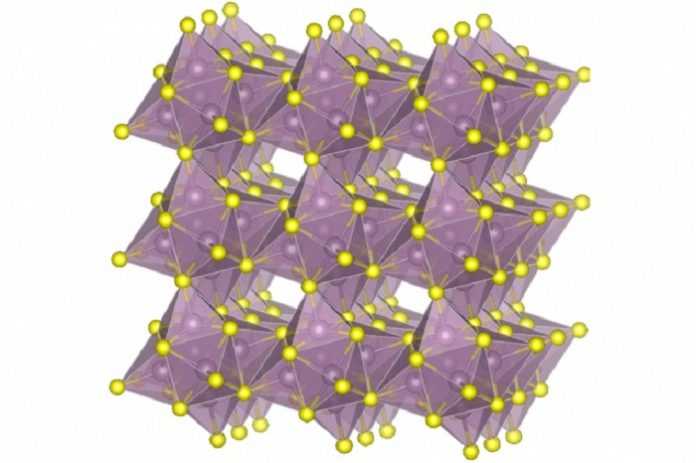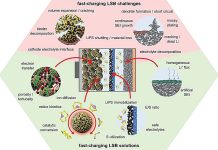
In a new study, researchers have developed a new way to boost energy capacity of lithium batteries.
Their finding creates a new version of a key component for lithium batteries, the cathode.
The study was done by researchers at MIT and in China.
Previous research has been trying to make batteries that pack a punch but are smaller and lighter than today’s versions.
Such batteries can help electric cars travel further and help portable electronics work longer without recharging.
However, it is hard to develop this type of battery effectively.
In the study, the team developed a “hybrid” cathode that combines aspects of two different approaches.
One can increase the energy output per pound, and the can increase the energy per liter.
The combination produces a new version that provides the benefits of both, and more.
In their new hybrid system, the researchers combined the two approaches into a new cathode.
The new cathode incorporates a type of molybdenum sulfide called Chevrel-phase and pure sulfur.
The two things together provide the best aspects of both.
The researchers found the electrical conductivity of the combined material is relatively high and can reduce the need for carbon and lowering the overall volume.
They suggest that the net effect of using the new material is substantial.
The new system is in its initial and will go through an optimization process in future work. The team believes that it can beat both lithium-ion and lithium-sulfur batteries.
In the next step, the team plans to develop a large-scale battery prototype. Now they have produced a three-layer pouch cell with a capacity of more than 1,000 milliamp-hours.
The lead author is Ju Li, an MIT professor of nuclear science and engineering and of materials science and engineering.
The study is published in the journal Nature Energy.
Copyright © 2019 Knowridge Science Report. All rights reserved.



